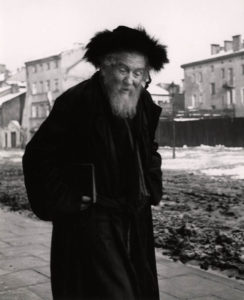
Jom Tov Lipmann ben Natan ha-Levi Heller (1579 – 1654) also known by the name of his opus magnus, the “Tosafot Yom Tov“, was a Jewish scholar, philosopher, Mishna commentator and dayan. He was also the chief rabbi of Moravia, Vienna, Prague and five other communities in the Polish-Lithuanian Commonwealth.
Heller was one of the major Talmudic scholars in Prague and Poland during the “Golden Age” before 1648. He was one of the most influential rabbinical figures of the 17th Century Ashkenazi world, and is still cited until today.
Jom Tov Lipmann Heller was born in Wallerstein, Bavaria in 1579. He gained his education primarily as a pupil of Yehuda Leva ben Betsalel, the Maharal of Prague. In addition to studying the Talmud, he also dealt with Kabbalah, philosophy and Hebrew grammar.
In 1597, he when he was appointed a dayan – religious judge – most likely due to the political infighting in the Jewish community. He was only eighteen years old at the time. This was an unprecedented act due to his age. Dayanim were usually not appointed before reaching forty years old. He served at this position in Prague for the next twenty eight years.
During that time, specifically between 1614 and 1617, Heller published a Mishnah commentary, “Tosafot Yom Tov“, in three volumes. The commentary quickly became established as one of the standard commentaries to the Mishnah and is studied to this day.
In 1624 he was appointed to Nikolsburg as the chief Moravian rabbi. Less than a year later he went on to become the av beth din and chief rabbi of Vienna. The reason for his resignation from Nikolsburg remains unknown but very likely had to do with Heller’s political alliances within the divided community. In 1627, he returned to Prague and served as its chief rabbi until 1629.
Heller lived through the very turbulent Thirty Years‘ War in Bohemia that affected both him and his community. As a result of the conflict, Jews of Prague were required to pay extraorbitant taxes and other fees to feed the Emperor’s war efforts. Heller also had personal problems within the Ghetto. Many accused him of being given too much power by the rich elite of the ghetto, with whom he openly sided with.
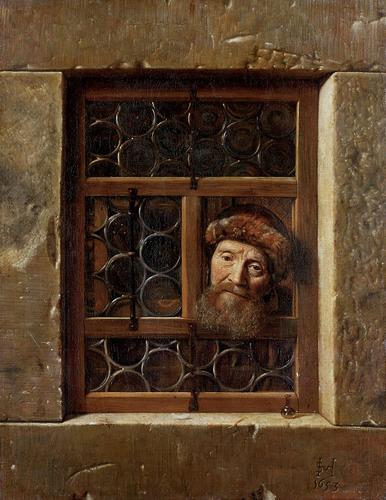
This led to Heller being accused of “insulting the State and blaspheming against Christianity“ in 1629. He was eventually imprisoned in Vienna for more than a month.
After successfully defending himself as well as the study of the Talmud, (as Talmud study was attacked by the Papal Curia and proclaimed as “anti-Christ teaching“ . Talmud books were ordered to be burned publicly by the church) Heller was released (though through intervention of Austria’s most influential Jewish figure, the Prague-based banker and nobleman Yakov Bashevi von Treuenburg).
Jewish taxes and other restrictions on Jewish religious study were slightly eased. However, Heller himself was ordered to pay a fine of 12,000 ducats, an incredible sum for that time, and also to destroy all manuscripts of his works for which he was accused.
He spent two years paying off the fine. In 1631, Heller left Prague, and spent the second part of his career in the Polish-Lithuanian Commonwealth. There, he served as chief rabbi in the communities of Lublin, Brest-Litevsk and Nemiroff. It was here where he wrote his famous elegy of the destruction of Nemiroff’s Jewish community by Bohdan Chmielnicky’s Cossacks.
From 1634 to 1643 he served as a rabbi in Ludymir and was among the rabbinic leaders of the Council of Four Lands. Because of slander, he was almost dismissed from Ludymir. But thanks to the intervention of his friends in Warsaw, the decree was withdrawn. In 1643 he moved to Krakow, where he first served as the chief rabbi and then as the head of local yeshiva. He died in Krakow on September 7, 1654 and is buried at the famous Remuh Cemetery in Kazimierz.
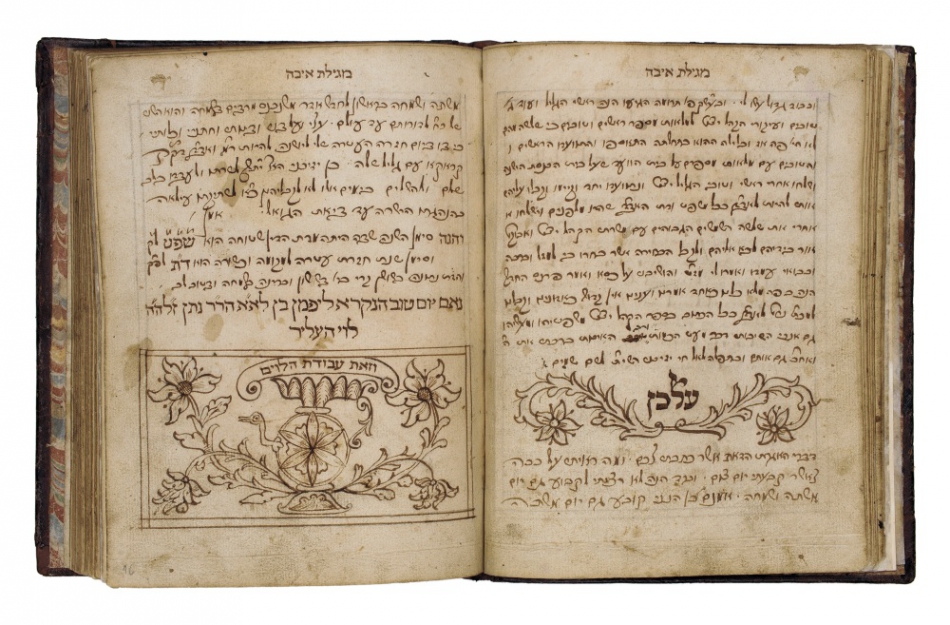
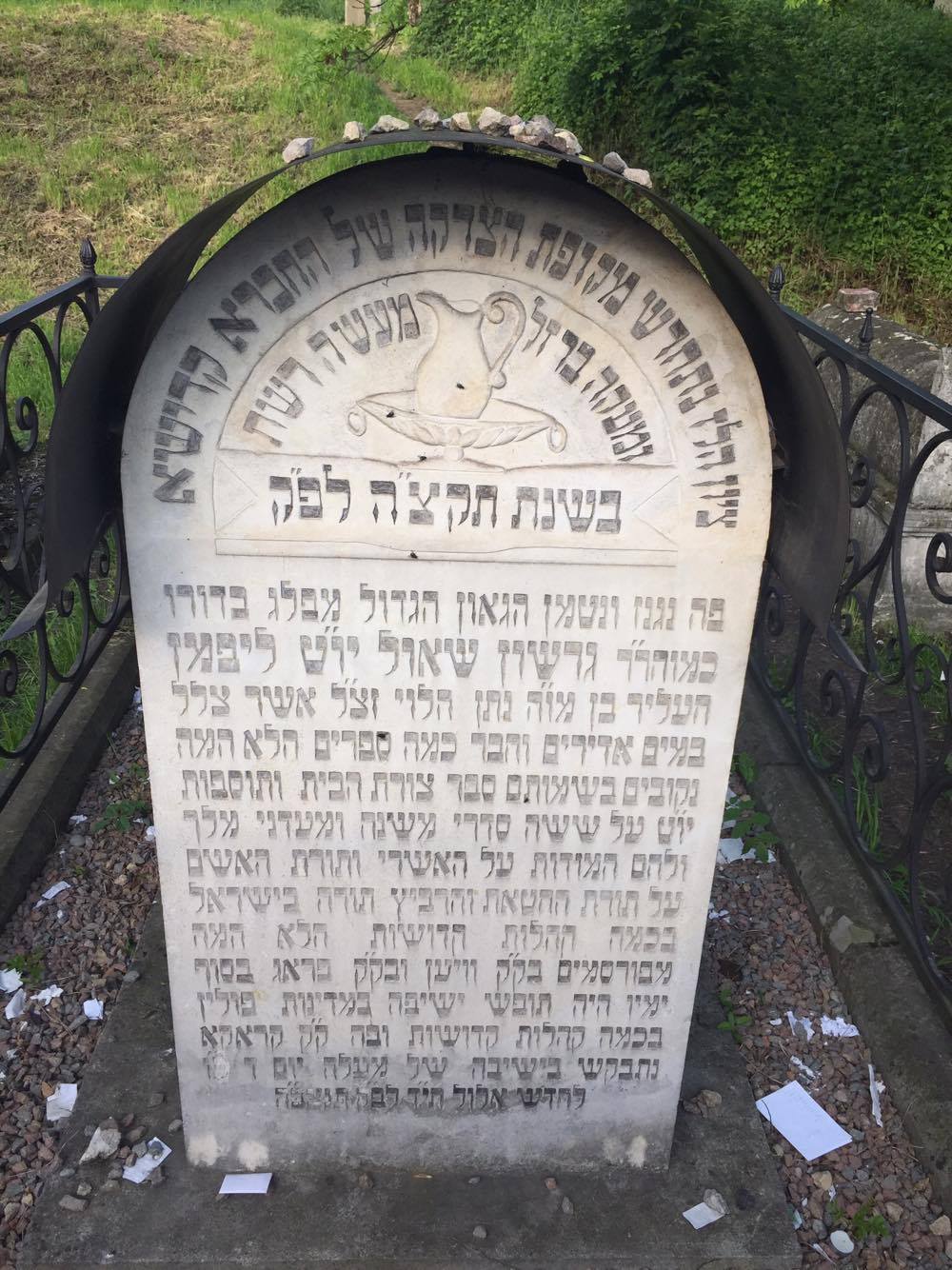
His most important piece of work is the Mishna commentary published in three volumes – and called “Tosafot Yom Tov“ or “Tom Tov’s Additions“. Today his commentary is part of every traditional Mishna edition. In his commentaries, he clarifies difficult terms, as well as explains and criticizes the halachic conclusions of his predecessors. As an expert in the Hebrew grammar, his comment focuses on the linguistic side of the work. The work was printed twice during his lifetime, first in Prague and then in Krakow as a corrected and completed edition.
In his other works, Ma’adana Jom Tov (originally Ma’adana Melech), Lechem Chamudot and Pilpula Charifta, he summarizes the development of the halacha. He notes in particular four authorities, which marked many in this area – Yitzhak Al-Phasi, Maimonides, Asher ben Yehiel (“Rosh”) and Yaakov ben Asher (“Tur”). He also published many other works dealing with philosophy, Kabbalah and halahka. In addition, he wrote a number of selichoth, especially in memory of massacres in Prague in 1618-1620 and in Ukraine in 1648.
A valuable source of his own life, but also a vivid description of Ashkenazi communities in Bohemia, Poland and Ukraine during the Thirty Years War, is in his autobiography, Megilat Eyvah – The Scroll of Adversity.
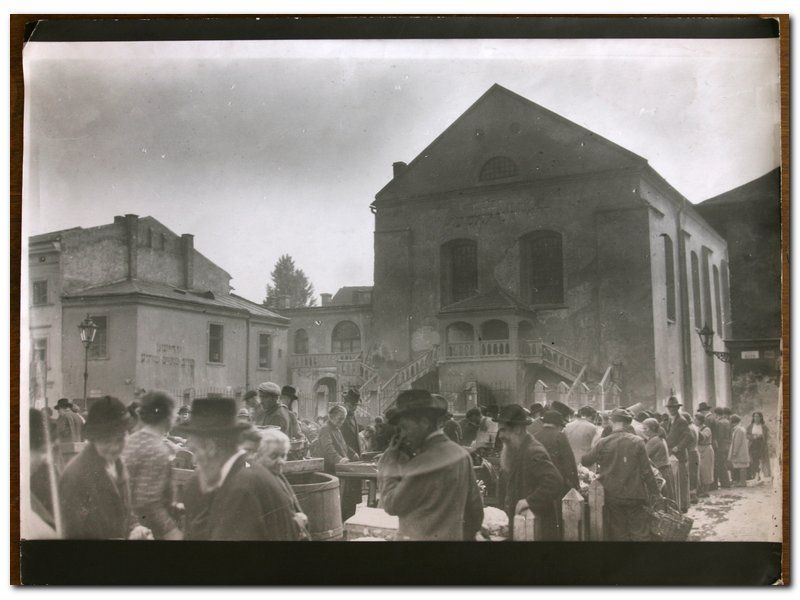
If you want to join us on our kosher tour to Central Europe, we will gladly take you on a pilgrimage to Rabbi Yom Tov’s kever in the heart of the ancient Jewish district of Kazimierz, Krakow. It’s a once in a lifetime experience that you shouldn’t miss!
